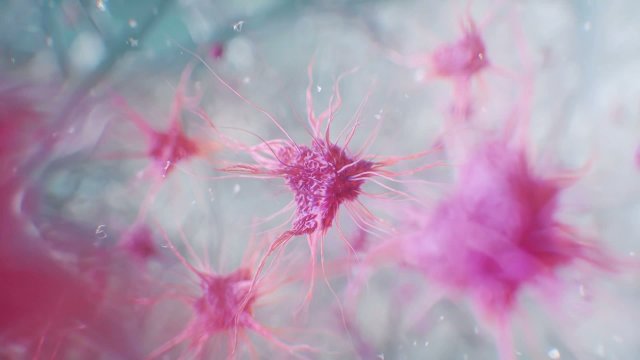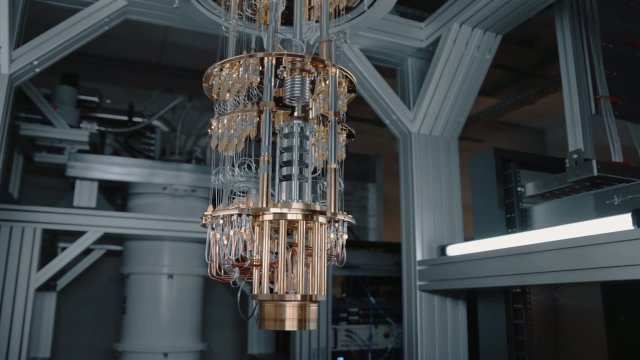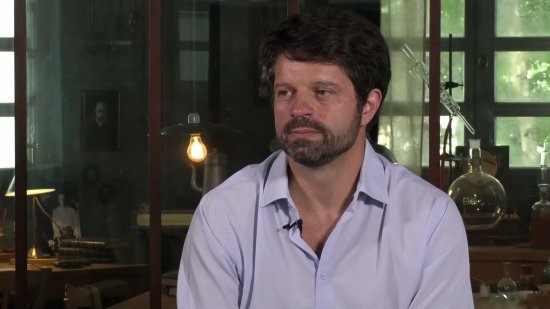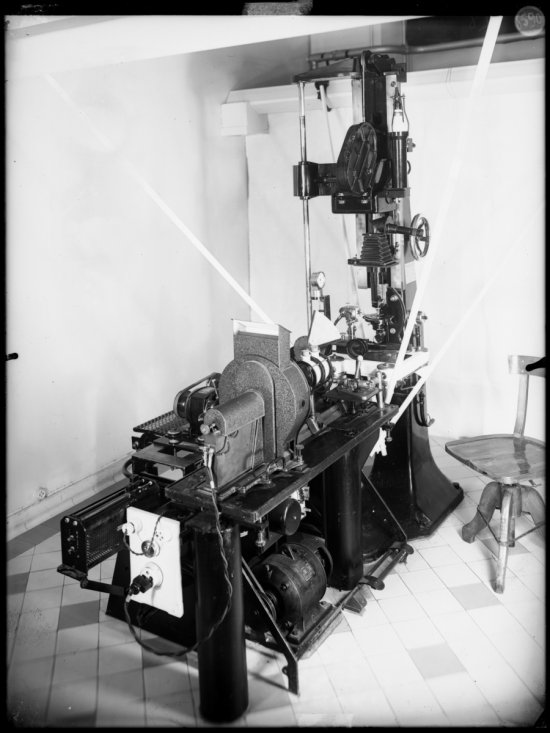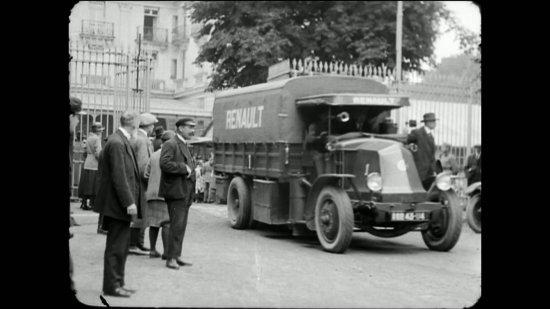Only available for non-commercial distribution
© CNRS - 2019
Reference
6743
Sensome
Series title
De la recherche fondamentale à la deeptechBased on research conducted at the Laboratoire d'hydrodynamique (CNRS/Ecole polytechnique), #Sensome has developed ultra-miniaturised sensors that use artificial intelligence to identify the biological nature of tissues in real time. Integrated in the intravascular Clotild™ probe, their technology can, for instance, categorise blood clots in order to help doctors during the treatment of an ischemic stroke.
Duration
Production year
Définition
Color
Sound
Version(s)
Original material
The use of media visible on the CNRS Images Platform can be granted on request. Any reproduction or representation is forbidden without prior authorization from CNRS Images (except for resources under Creative Commons license).
No modification of an image may be made without the prior consent of CNRS Images.
No use of an image for advertising purposes or distribution to a third party may be made without the prior agreement of CNRS Images.
For more information, please consult our general conditions
Transcription
Titles over images:
Sensome, the 1st intelligent guide for strokes
An ultra miniaturised captor endowed with
artificial intelligence. Inserted into the arteries, it
provides information on the structure and nature of
the tissue of the blood clot causing the stroke.
Franz Bozsak
Co-founder of Sensome
CNRS/LadHyX innovation
Interview :
Strokes are the leading cause of disability in the
the world. When a blood clot blocks an artery in the
brain, nerve cells die by the millions every minute,
unblocking the artery can take several hours.
Subtitles over image:
Sensome determines what is the nature of the blood
clot, and guides the doctor towards the most
appropriate tools for each patient thereby limiting
any colateral damage.
Interview :
With Sensome, the interventional neurodialogue
doctor has at hand, crucial information for the
optimum treatment of a blood clot.
Subtitles over image :
The commercial launch of the intelligent guide Sensome, Clotild, is expected for 2021.
Interview :
Our technology could be used in other medical
domaines such as implants for the treatment of
aneurysm or devices for detecting cancerous tissue.
